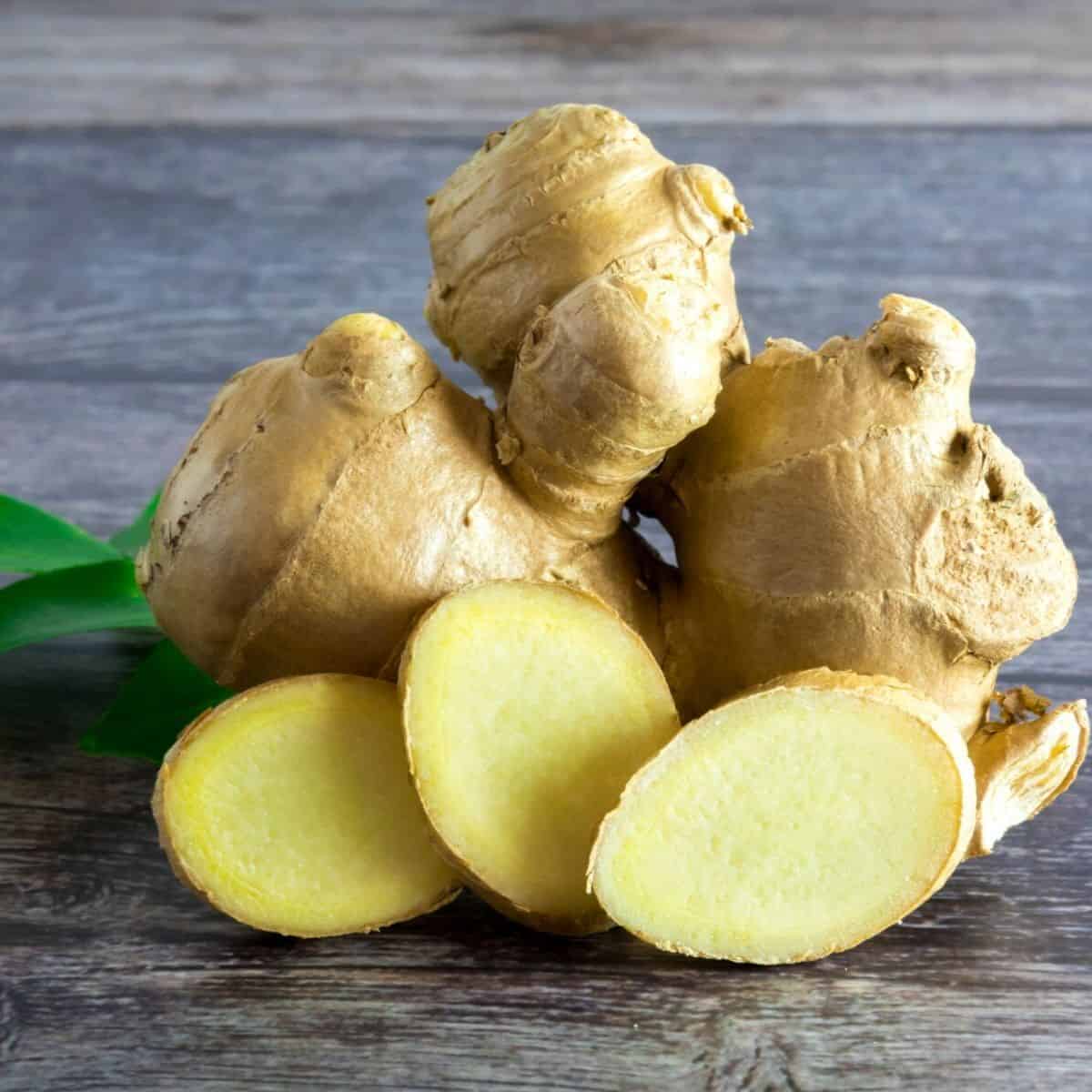The Magickal Properties of Ginger
Chew raw ginger or drink ginger tea before doing any magickal work to increase your own spiritual energy which will, in turn, make the spell more successful.
Ginger is considered an aphrodisiac, so use it in love spells to do with passionate love.
It will also help to increase your confidence so drink a little ginger tea before heading out on a date that you might be nervous about.
Burn Dried ginger to cleanse your home or tools. It keeps away malevolent energy and drives out negative spirits as well as negativity you are feeling yourself.
Using ginger in abundance and prosperity spells is wonderful. The magickal properties of ginger have a particular affinity with manifesting abundance and warding away poverty. Invite good fortune into your home by keeping a small ginger plant in a pot.
Use the magickal properties of ginger to boost the strength of any other ingredients you’re working with.
Associations
Deities – Hecate, Ameretat, Artemis
Zodiac – Aries
Planet – Mars
Element – Fire
Gender – Masculine
Crystals – Citrine, carnelian, pyrite and garnet
Attributes
Passion, Love, money, healing, luck, energy, protection
Health Benefits
Ginger is considered safe to consume in reasonable quantities. It’s on the FDAS “generally recognized as safe” list. It does interact with some medications, so if you are taking anticoagulants or heart medication in particular, definitely check with your doctor before consuming ginger as a health tonic.
Ginger is very high in a substance called “gingerol” which is why it’s so high in antioxidants and is what makes ginger such a powerful anti-inflammatory aid.
Ginger can be consumed in all its forms, although it’s thought that consuming it raw gives the most health benefits.
- Anti-inflammatory
- Antioxidant
- Helps to reduce gas
- Helps ease nausea
- A great remedy for seasickness
- Might help muscle pain in the long term
- May help to ease the symptoms of colds and flu
- May help those suffering from osteoarthritis
- May lower blood sugars
- May improve oral health
- May help to treat chronic indigestion
- May help to relieve menstrual pain
- May lower cholesterol
- May help to protect against Alzheimer’s disease
- May improve brain function
- Helps to fight infection
Edible Uses
Edible Parts: Flowers Leaves Oil Root Shoots
Edible Uses: Condiment Drink Oil Tea
The rhizomes are widely used in many areas of the world as a flavoring, adding a hot, spicy flavor[301 ]. They are added to dishes such as cakes, curries, chutneys, stir-fry dishes, candies etc.[301 ]. They are also commonly used in beverages, especially ginger beer[301 ]. The roots can be used fresh, where a small amount of the grated root is added to the dish, or the root can be dried and ground into a powder, when it will store well for later use. The dried root is about twice as pungent as the fresh root[238 ]. The very young rhizomes, known as stem ginger, are peeled and eaten raw in salads, pickled, or cooked in syrup and made into sweetmeats[301 ]. The young, slightly spicy leaves and young shoots can be eaten as a potherb, or pureed and used in sauces and dips[298 , 301 ]. The leaves can also be used to wrap food whilst it is cooked[301 ]. The young inflorescences can be eaten raw[301 ]. An essential oil obtained from the root is used in flavoring essences[418 ].
Medicinal Uses
Alainn Tarot can not take any responsibility for any adverse effects from the use of plants. Always seek advice from a professional before using a plant medicinally.
Antibilious Antirheumatic Antitussive Aromatic Diaphoretic Digestive Expectorant Stimulant
Ginger root is widely used in Eastern Herbal treatments – in Ayurveda it is known as the universal medicine and it is an ingredient of about half of all prescriptions in Ayurvedic and Chinese medicine[238 ]. The root is rich in volatile oils, gingerols and shogaols[238 ]. The shogaols are only produced when the root is dried, as a breakdown substance of the gingerols[238 ]. They are twice as pungent as the gingerols and so the dried root is normally used in different ways to the fresh root[238 ]. The root is a sweet, pungent, aromatic, warming herb that is expectorant; increases perspiration; improves digestion and liver function; controls nausea, vomiting and coughing; stimulates the circulation; relaxes spasms; and relieves pain[238 ]. The root is used internally in the treatment of all forms of nausea, including morning and motion sickness[238 ]. It is used to treat indigestion, colic, abdominal chills, colds, coughs, influenza and peripheral circulatory problems[238 ]. Externally, the root is used to treat spasmodic pain, rheumatism, lumbago, menstrual cramps and sprains[238 ].

